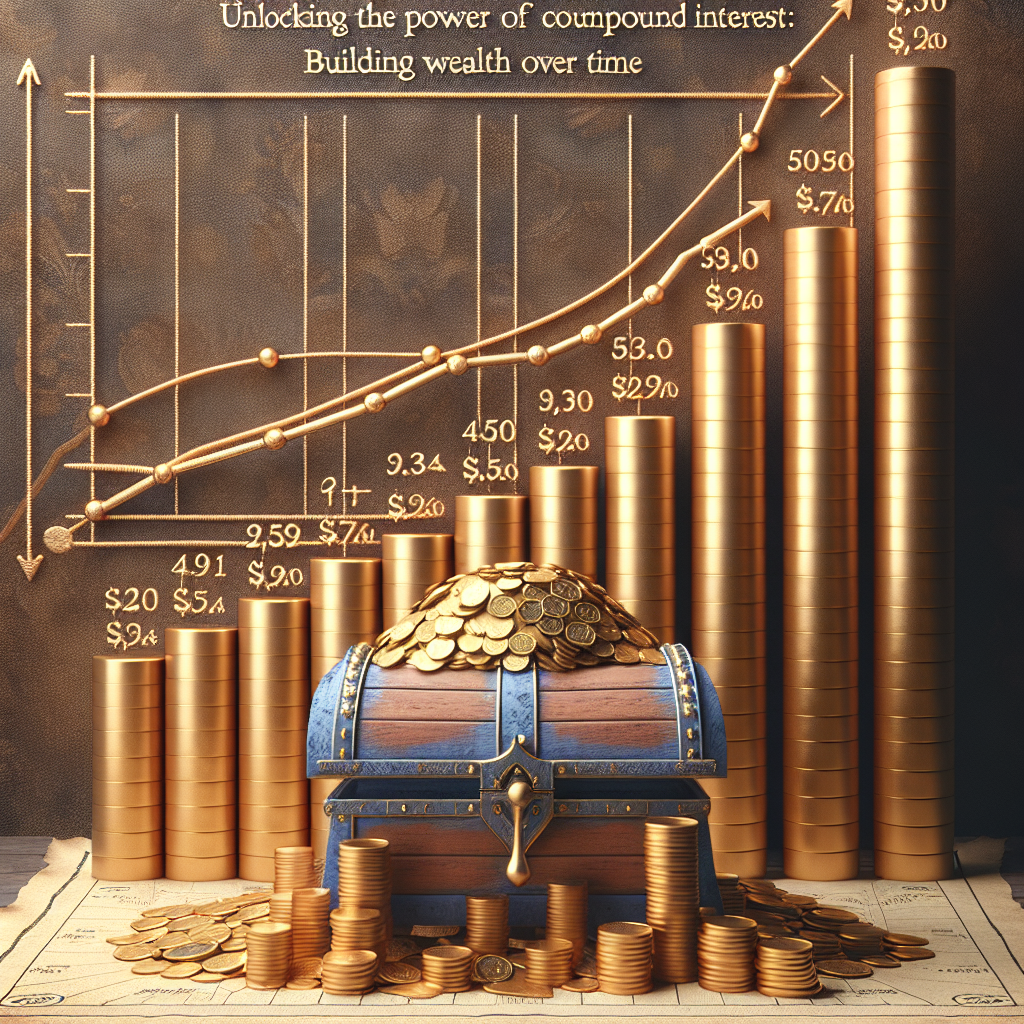Central Banks at a Crossroad: Interest Rate Decisions in Uncertain Times
In the intricate world of macroeconomic policy, central banks serve as the stewards of financial stability and economic growth. The events of recent years have thrust these institutions into a complex maze of economic indicators, geopolitical tensions, and post-pandemic realities. With the global economy at a crossroads, central banks are now faced with formidable decisions regarding interest rates in a landscape marked by uncertainty.
The Post-Pandemic Economic Landscape
The COVID-19 pandemic brought unprecedented disruptions to global economies. In its wake, central banks around the world implemented aggressive monetary policies, slashing interest rates to historic lows in an attempt to stimulate growth and stave off recession. However, as the immediate crisis subsides, these institutions face a new set of challenges.
Economic recovery has been uneven across regions, with advanced economies rebounding faster than many developing nations. Supply chain disruptions and labor market shifts have fueled inflationary pressures, presenting central banks with the age-old dilemma: How to balance inflation control with support for economic growth.
The Inflation Conundrum
Inflation rates have surged in countries worldwide, driven by a combination of pent-up consumer demand, rising energy prices, and logistical bottlenecks. For central banks, the challenge lies in distinguishing between transitory inflation and more entrenched price pressures. Tightening monetary policy too quickly could stifle the fragile recovery, while waiting too long risks allowing inflation to become ingrained in the economy.
Historically, central banks have relied on interest rate adjustments as a primary tool to control inflation. Raising rates can help cool an overheated economy by effectively curbing borrowing and spending. However, given the current context—marked by supply-side constraints rather than demand-led inflation—the effectiveness of this approach is under scrutiny.
Diverging Approaches
Around the globe, central banks are adopting varied strategies based on their unique economic circumstances. The U.S. Federal Reserve, for instance, has signaled its intent to begin tapering its asset purchases, with discussions about raising interest rates suggesting a cautious approach. The European Central Bank, on the other hand, remains committed to keeping rates low for an extended period, wary of derailing a recovery still in its nascent stages.
Emerging markets present a different scenario. With less flexibility to bear prolonged inflation, some have moved preemptively to hike interest rates. Brazil and Russia are among those who have taken swift action, underscoring the complex global landscape in which central banks operate.
Geopolitical and Technological Influences
Geopolitical tensions and technological advancement add layers of complexity to central banks’ decision-making. Trade wars, particularly between major economies, and issues such as Brexit continue to impact global markets, creating uncertainties that must be factored into monetary policy decisions. Additionally, the rapid advancement of digital currencies and financial technologies poses both a challenge and an opportunity for central banks, forcing them to adapt to new realities in the financial sector.
The Road Ahead: Communication and Clarity
As central banks navigate these turbulent times, clear communication and transparency become paramount. Investors and the public alike seek assurance and guidance, making it crucial for central banks to articulate their policy intentions and the rationale behind their decisions.
Staying ahead requires a deft balancing act, one that incorporates a holistic view of the global economy’s intricacies. While no two central banks face an identical set of circumstances, their shared commitment to fostering financial stability and economic prosperity remains a common goal.
The path forward will undoubtedly require innovation, collaboration, and resilience. In these uncertain times, interest rate decisions serve not just as economic levers, but as signals to global markets, guiding economies through uncharted waters toward a more stable and prosperous future.














Leave feedback about this
You must be logged in to post a comment.